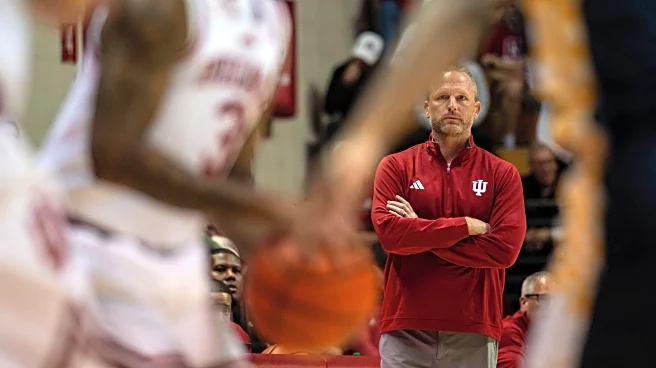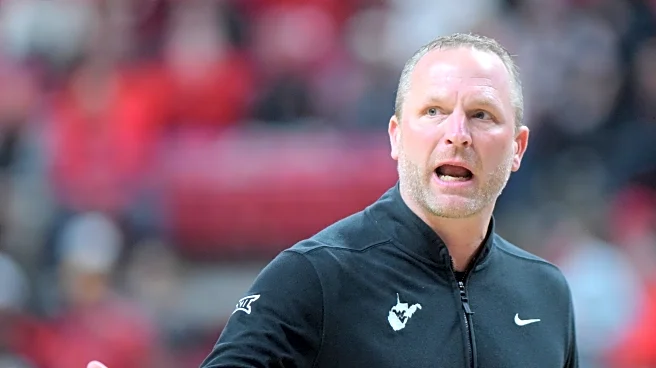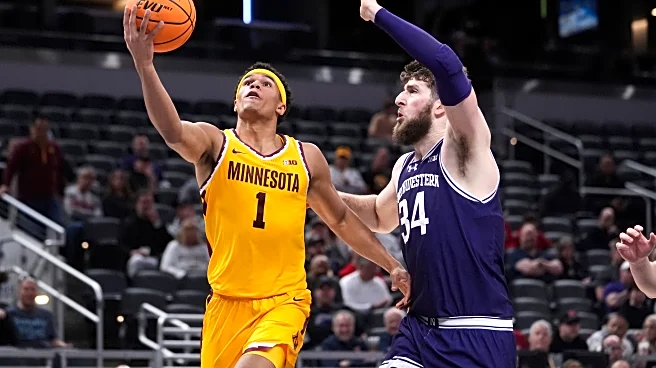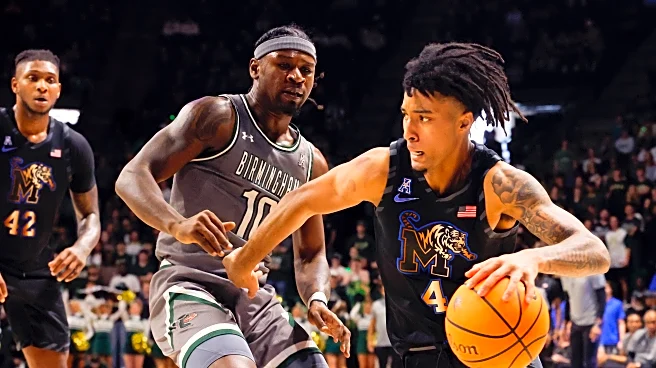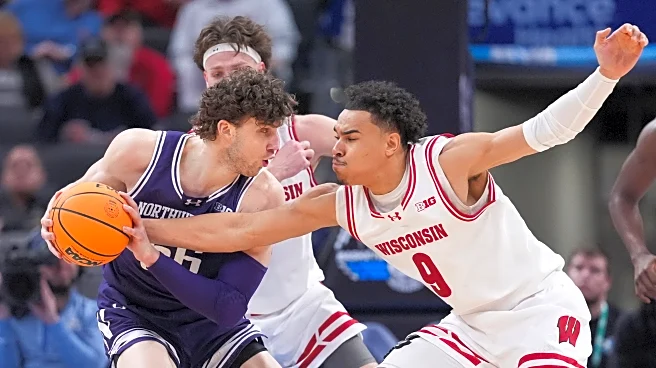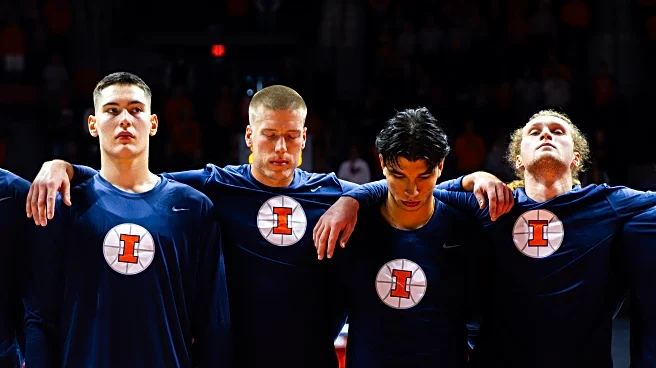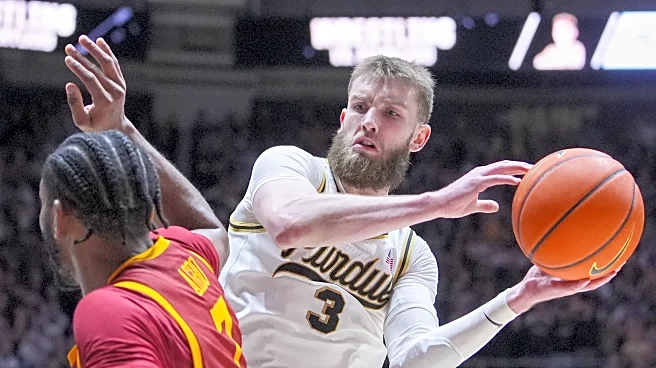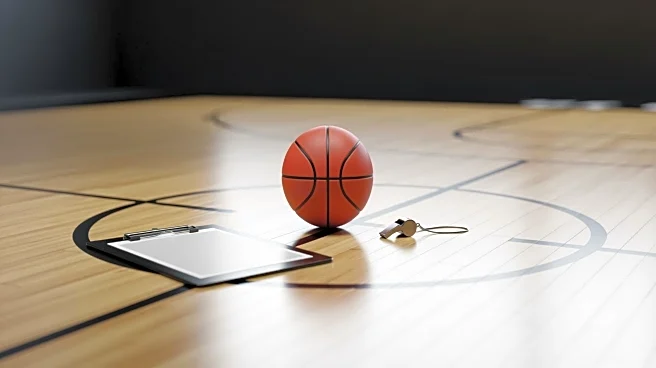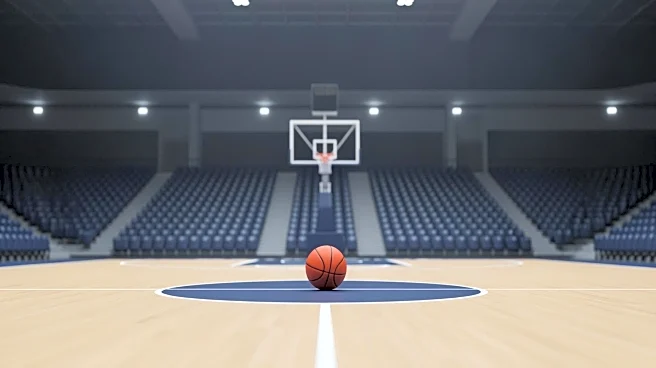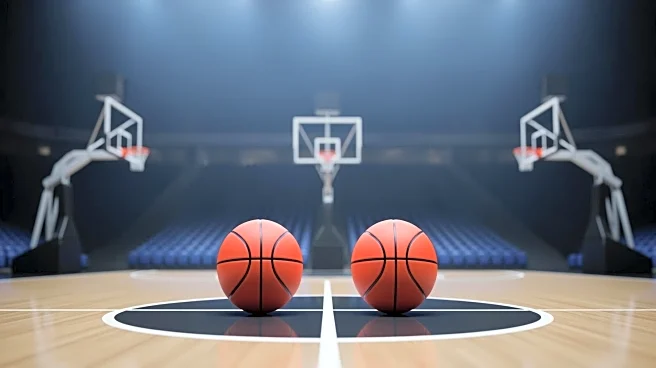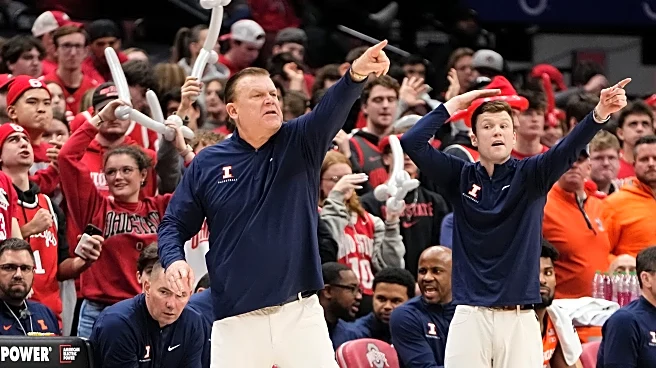For the third time since 2017, the Indiana men’s basketball program is entering its first season under a new coach. For the first time, it’ll do so with an entirely new roster.
Darian DeVries, the 31st
head coach in program history, was free to build his first roster as he saw fit. Kind of.
There’s a few things to consider when it comes to any transfer portal rebuild like this. For one, coaches aren’t as free to build a roster as they’d like to be. The pool of talent in the portal is smaller than that of the high school ranks, with a condensed timeline speeding up the whole process. Neither side can truly afford to hesitate too much, opportunities and roles are changing by the day.
So, was DeVries able to assemble his ideal version of Indiana this past offseason? Probably not, no, but it seems he did the best with what he had.
This team, from its roster to DeVries’ lineup decisions, seems built to at the very least be enjoyable to watch. Which, needless to say, hasn’t been true in Bloomington for a while. Will it be good? Maybe.
The strengths are apparent. Indiana is going to be able to shoot the ball well, with scoring along the perimeter throughout the starting lineup and on the bench, and get up and down the court reasonably well. There’s gonna be a lot of guys on the court who are capable and willing of passing the basketball and moving around to generate the best look at the rim they can. These Hoosiers will score points.
The weaknesses? Also apparent. Indiana doesn’t have a lot of size in the frontcourt with 6’7” Tucker DeVries at power forward and 6’10” Reed Bailey at center. That creates some clear defensive issues with it comes to protecting the rim, especially against larger frontcourts and strong guards who can drive through the heart of a defense and get to the rack. The Hoosiers’ depth is also questionable, DeVries probably isn’t going to be able to go as far into his bench as he’d like to.
Indiana is going to have to get creative schematically to cover its lack of strong rim protection, relying on guys like Tayton Conerway, Lamar Wilkerson, Conor Enright and Jasai Miles to keep the ball out of the interior. It’ll have to do so without those guys getting into foul trouble, exposing the less-than-ideal depth. It doesn’t help that Indiana will enter the season with injuries to its backcourt depth either.
So, with all of this in mind, how should this season be judged? Well.
I’m going to ask you to hear me out on this one. Here goes: Indiana’s win total or postseason fate should not be the primary aspects on which this season should be judged. This team? Sure, but the season is another thing entirely.
I don’t think Indiana’s future depends on whether or not DeVries wins a tournament game, makes the tournament at all, or finishes wherever in the final Big Ten standings. If we’re judging that there’s other things worth considering. Here’s a few:
- Does the system fit the personnel? Would recruits want to play in it?
- Is it readily apparent what Indiana’s identity is? What DeVries’ Hoosiers are trying to do and are players being set up for success in their role?
- Is the team better in February than it was in December?
- Is the culture (sorry for the cliche) set?
Let’s just go line by line here, starting with the system. DeVries has made it clear that he wants to play fast and shoot 3s. His roster building and lineups have reflected that so far. Multiple members of the Hoosiers’ starting five are capable of hitting from deep, with Wilkerson and Tucker DeVries being among the better shooters in the country. Having two ballhandlers in Conerway and Enright gives the team some creativity in the halfcourt and the ability to get out running. That’s a fun style of offense, the kind that’s easy to recruit to. It’s already yielded results, with guards committed in 2026 and 2027. It has to show up on the court, but on paper everything lines up with what DeVries has said. He’s putting his money where his mouth is.
That last one about the system goes hand in hand with Indiana’s identity. The Hoosiers haven’t had a really solid identity in a long while. Sure, you knew what the past few teams were trying to do, but it wasn’t successful. On paper, it looks like Indiana is built, again, to shoot 3s and get moving in transition and the halfcourt to create and leverage open space for buckets. The Hoosiers’ exhibition play has shown as much. Indiana has to establish this and find some level of success doing it. On top of this, Indiana is leveraging having multiple passers in the lineup and giving them opportunities to get assists while opening up looks for its best shooters in Wilkerson and DeVries. Again, these trends must continue.
Indiana should look better at the end of the season than it does at the beginning barring any extreme circumstances that result in a pivot. Players should understand their role at that point and execute it to the best of their ability. Indiana’s looks should be better and the defense will, ideally, have figured out ways to hold off opposing offenses. The little things should be improved if not worked out and the Hoosiers should be playing their best ball in March.
Finally, culture. This is a dumb intangible one that’s more of a “I know it when I see it,” type of thing. Indiana has to keep playing hard even when things look bleak, as happened during the team’s time in Puerto Rico. The best reference point I have for this is Teri Moren’s program, which values hard work and effort above almost everything else. Her program’s culture has been established for years. DeVries doesn’t need to emulate it, but ideally his program evokes a similar feeling.
Darian DeVries’ first team will be successful if it’s able to reach the NCAA Tournament and show some fight once it gets there. His first season will be successful if he’s able to establish proof of concept. His team has an identity, his system can be recruited to, the group improved with time and showed the beginning of a tough, play-hard culture. Right now, this appears true. Let’s check back in a few months.
